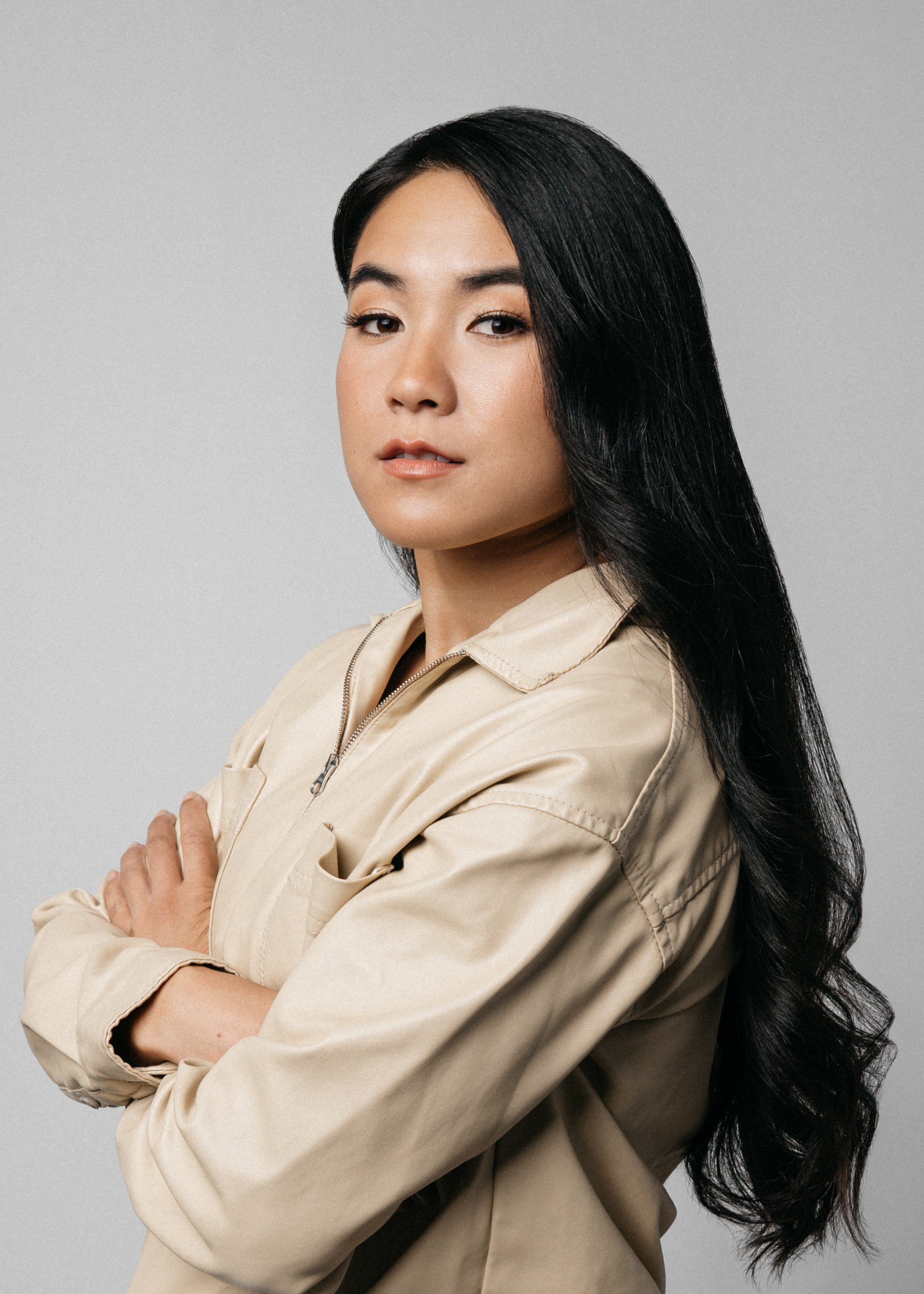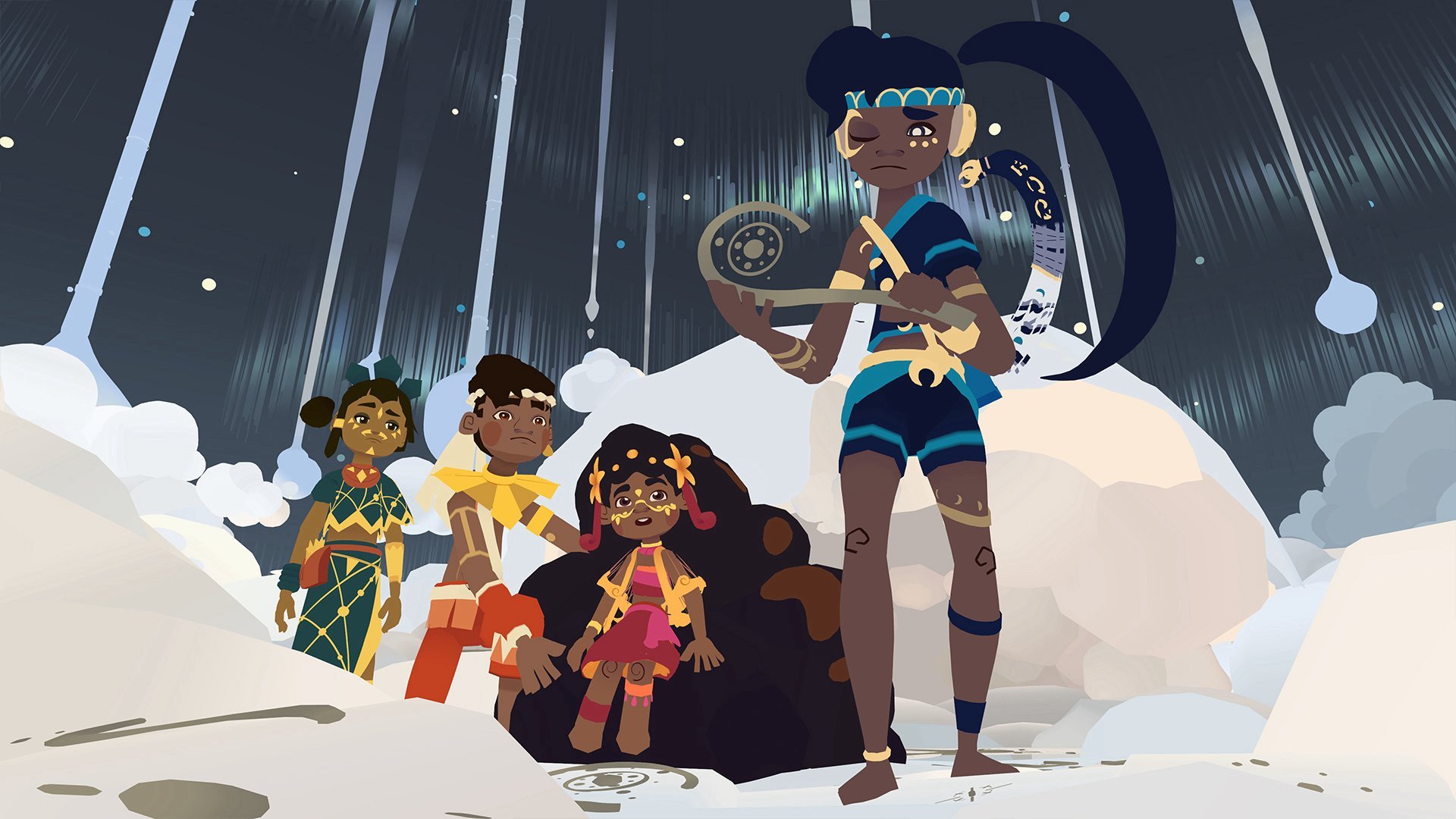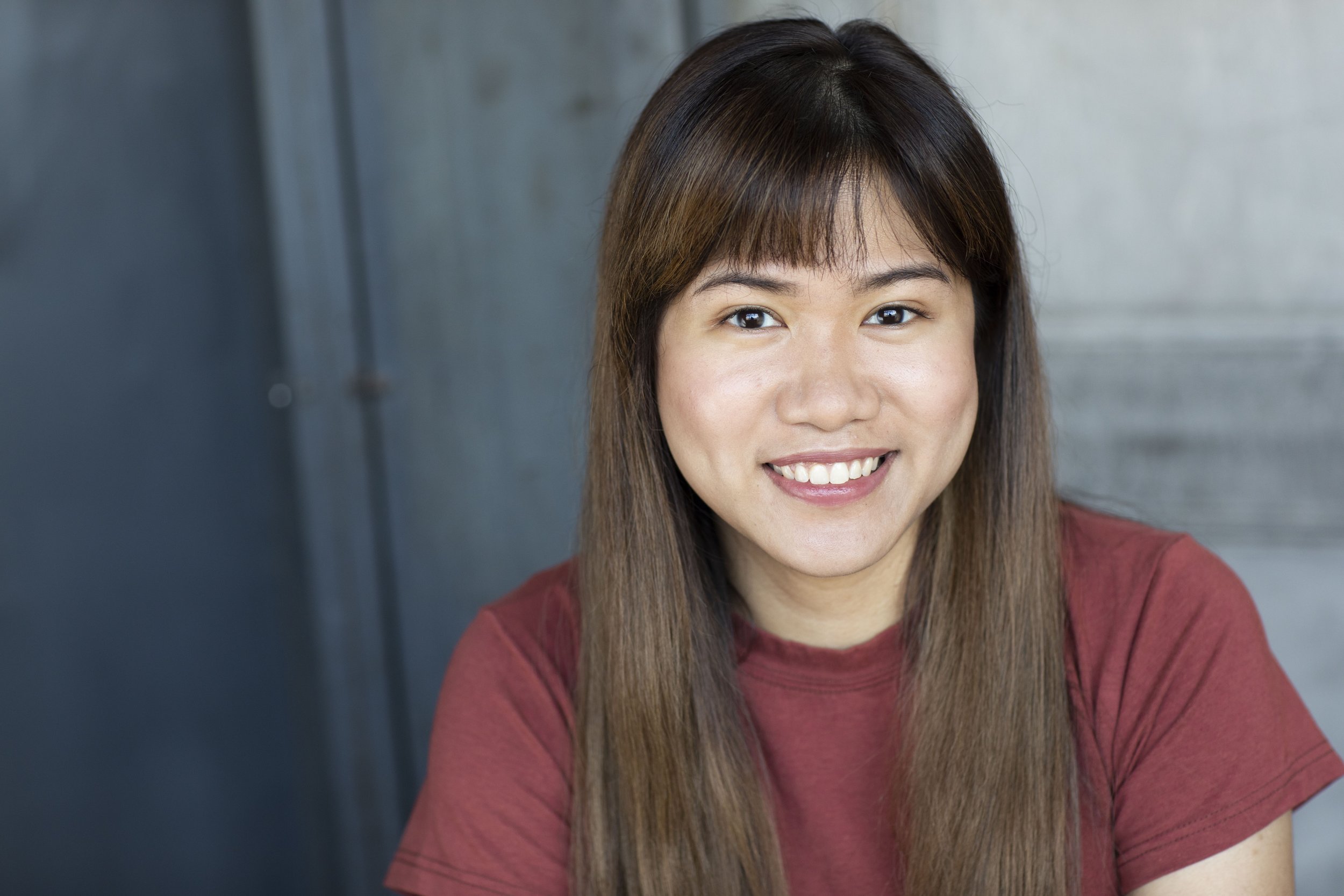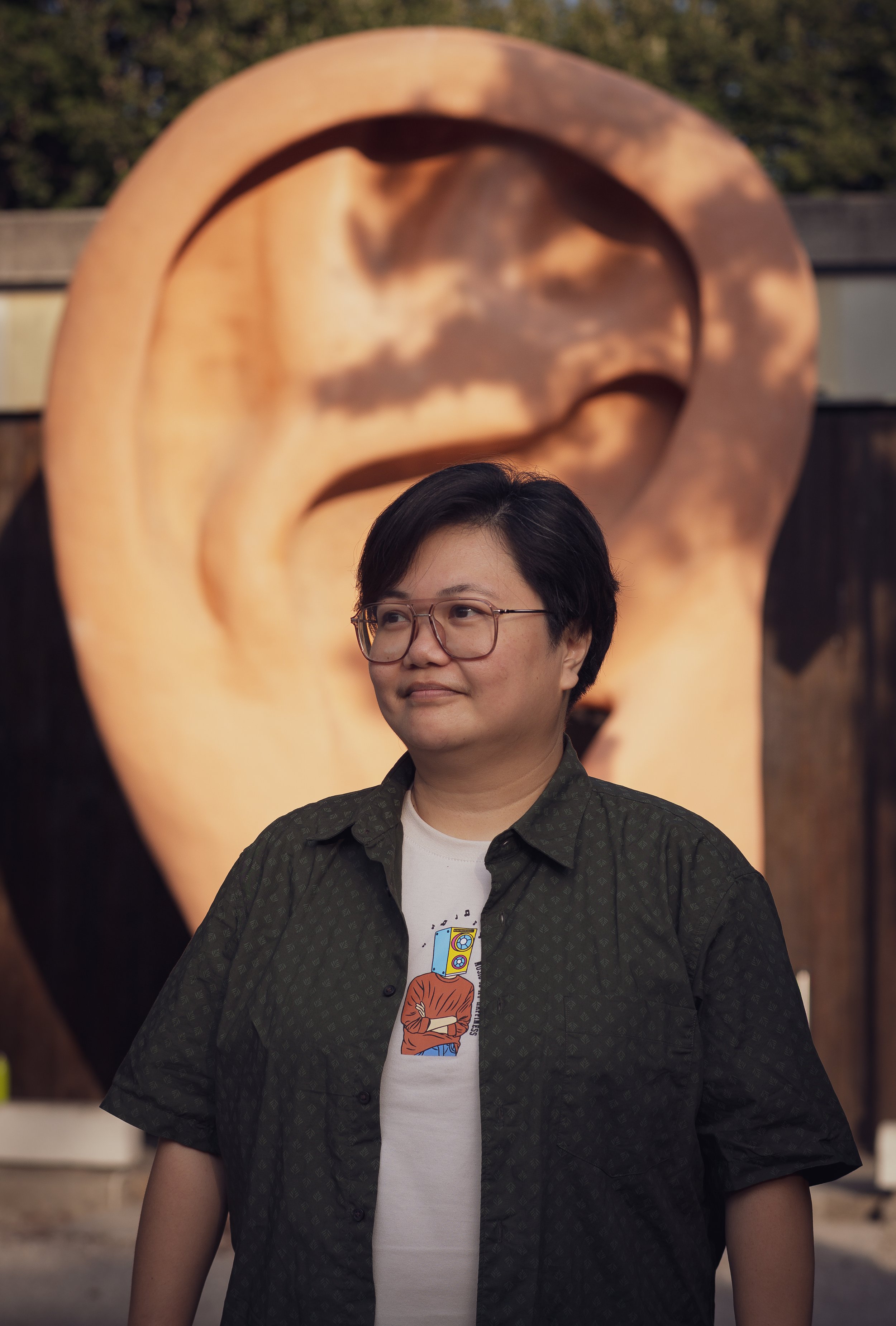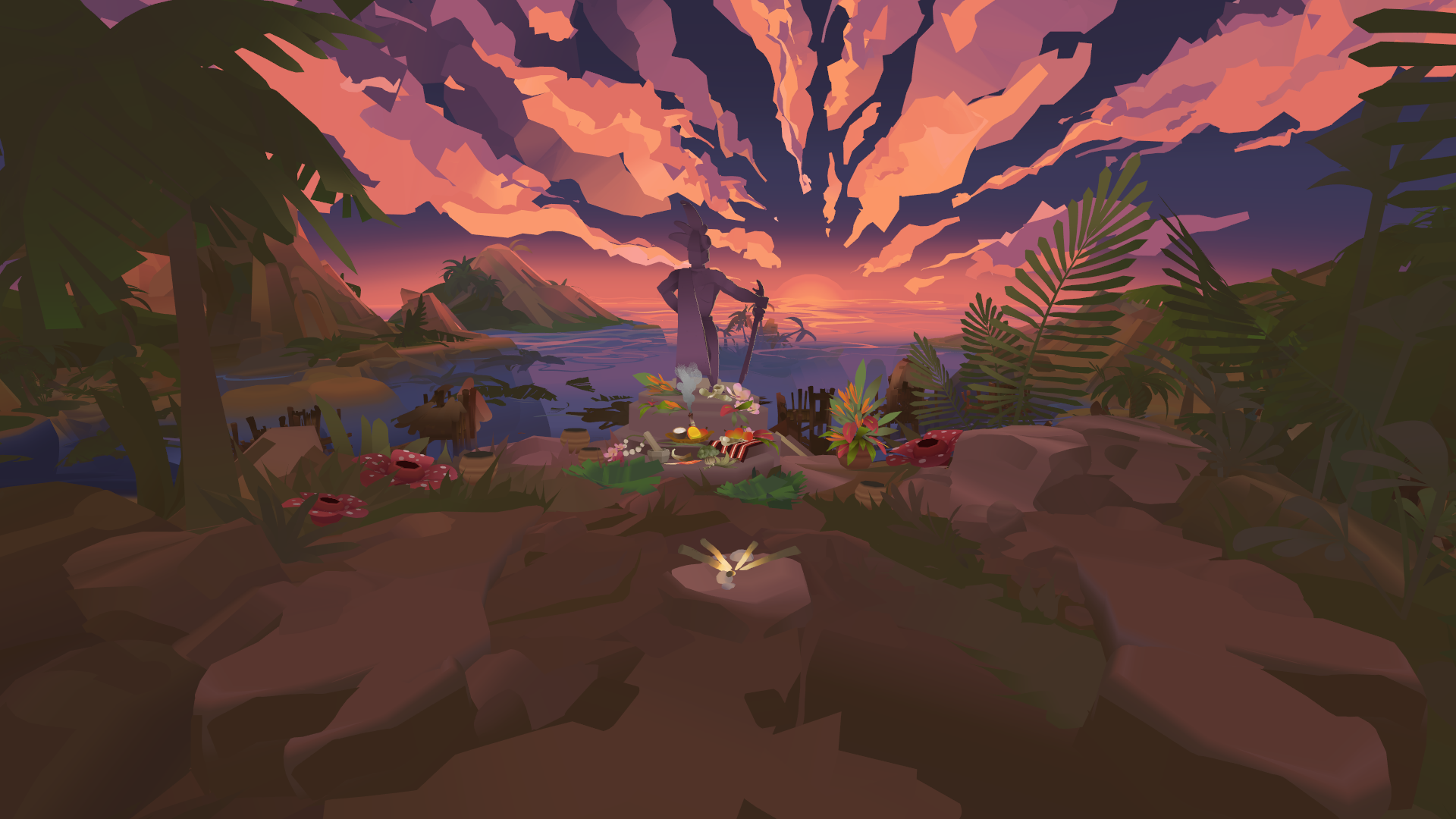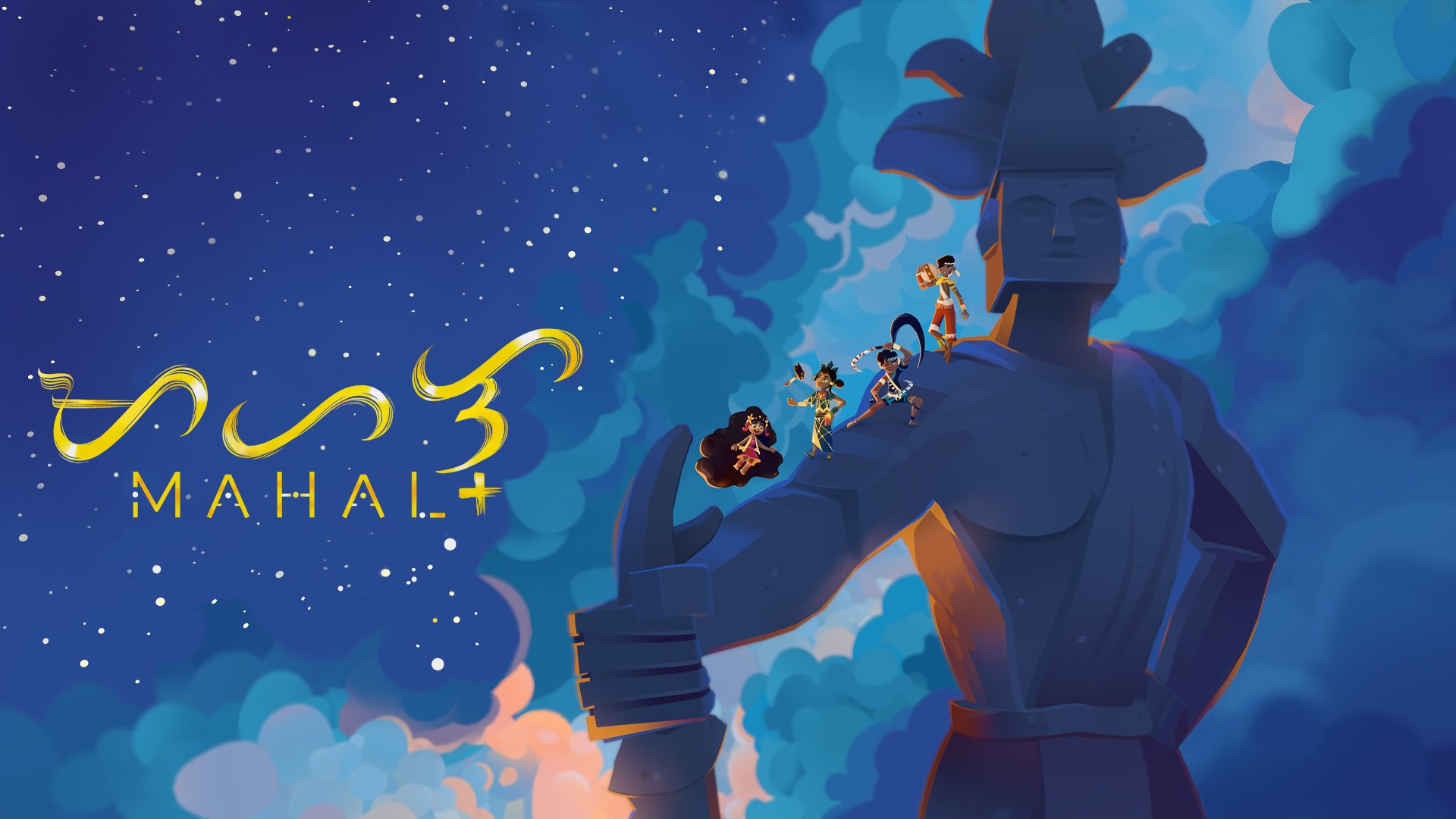Virtual reality storyteller navigates grief through an animation series exploring Philippine mythology
By Jaena Rae Cabrera December 13, 2023
Step into the realm of "Reimagined," a virtual reality animation series co-created by Julie Cavaliere and Michaela Ternasky-Holland that takes audiences on an immersive and gender-inclusive storytelling experience inspired by Philippine mythology, fables, and folklore.
Its second installment, "Volume II: Mahal," tells the story of four immortal children wrestling with grief after the passing of Bathala, the creator god. The deities, whose actions have had dire consequences throughout the universe, must confront their grief and work together to heal the damage they have inadvertently inflicted on the planet.
The female-led, directed, and produced tale is a tribute to Ternasky-Holland’s late father and explores the universal emotion of grief.
“Once I pitched the idea of doing a project about grief and about losing your father, the project really came to life and took wing at that point,” Ternasky-Holland said.
As an Emmy and Webby award-winning director and XR/metaverse creator, Ternasky-Holland utilizes immersive and interactive technology to create socially impactful stories. Her experience of coming out as queer to her family motivated her to learn more about dances and belief systems of pre-colonial societies in the Philippines.
Along this journey of exploration, she fell in love with the pantheon gods and goddesses of the Tagalog people.
In Mahal, the deities are portrayed with a relatable humanity. Concept artists Lucia Lee, Ridong (Max) Xiao, and James Ng stylized each god and goddess with unique motifs, Baybayin runes, and sacred items that epitomized their powers and personalities.
Apolaki is the god of war. Equipped with a powerful orb that transforms into the sun and moon, Apolaki lights the sun with the powerful glow of his eyes. His twin sister Mayari is the one-eyed goddess of the moon, beauty, and strength. Her two crescent-shaped boomerangs, inspired by the dual-wielding sticks used in arnis or kali—the national martial art of the Philippines—can be thrown far distances and wielded in close combat.
The character of Mayari, voiced by Daphne Nitsuga, is the eldest sibling who embarks on a transformative journey to overcome feelings of abandonment since losing Bathala.
“Mayari has this sense of duty to protect her siblings and be tough,” Nitsuga said. “Whenever she wanted to express herself, it always came out as anger. But deep inside, she was hurting and wasn't able to express that because she wanted to keep it together for her family. I really relate to that because I'm also an older sibling.”
Tala is goddess of the stars and constellations. With a hammer and shield in hand, she can protect and cast stars across the Earth’s night sky. Hanan is the youngest of the four deities. As goddess of the morning and new beginnings, she has the ability to create stunning sunrises with an enchanting paintbrush.
“It's important that we think about how we also highlight the universality of humans. What's important about storytelling is that it feels accessible to everybody and anybody,” Ternasky-Holland said.
The music and sound design were crucial to the overall narrative of Mahal. Cassidy Swanson crafted the sound design and mix for the animation. He utilized the sounds of objects impacting a mattress to portray Mayori's athletic leaps across the heavens and the flickering of light bulbs to represent Apolaki's power in lighting the sun.
Music composer Teresa Barrozo worked with Ternasky-Holland to develop the sound and feel for the film. They had to ask themselves, “What does grief sound like?” Inspired by Philippine instruments, they incorporated traditional music patterns, using modern instruments. Barrozo went with the “color” or timbre the music creates. The concept of “interlocking rhythm” is a result of several patterns being played together on loop. This is one characteristic of traditional Indigenous music in the archipelago.
“We used a lot of percussion,” Barrozo said. “We're talking about wooden sounds. Most of our indigenous instruments are made of wood and/or metal, ex. bamboos, wooden sticks, gongs. I explored the sounds these materials made, incorporating them with Western instruments - both sampled and synthesized.”
Mahal was selected as a VR Film of the Year Finalist for the International VR Awards, which celebrates the most influential projects in the VR space and recognizes outstanding achievements in VR.
“It's an honor to be a part of a piece that is Filipino-led, Filipino driven,” said Anne Yatco, who voices Hanan. “For us Filipinos, we love seeing Filipino excellence, right?”
It was important to Ternasky-Holland that Mahal highlight Indigenous cultures of Southeast Asia and create an entertaining experience for families to enjoy.”
“Film is just now catching up to this idea that Filipino Americans and Filipino stories are unique,” Ternasky-Holland said. “Our narrative matters, our stories matter.”


